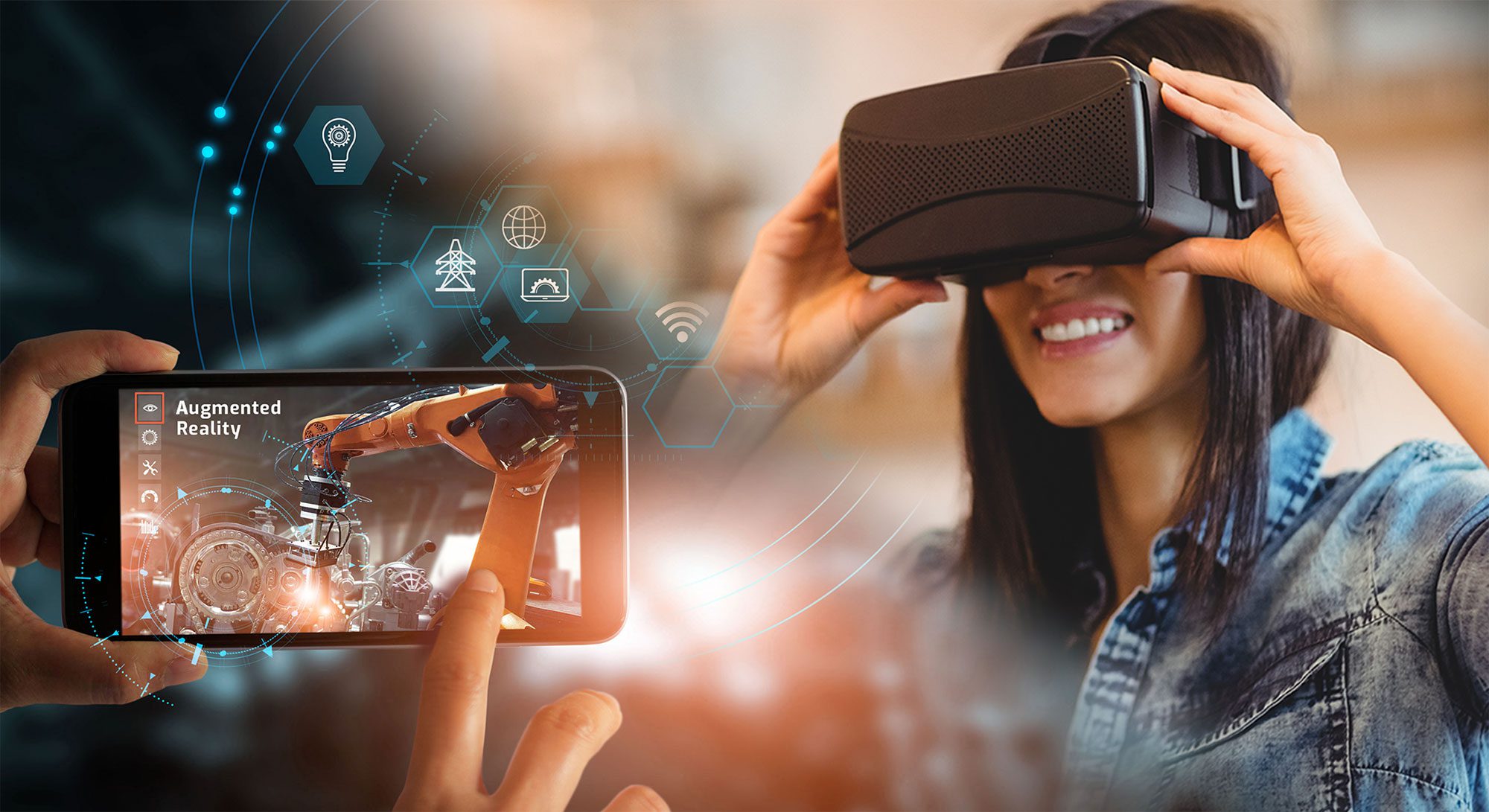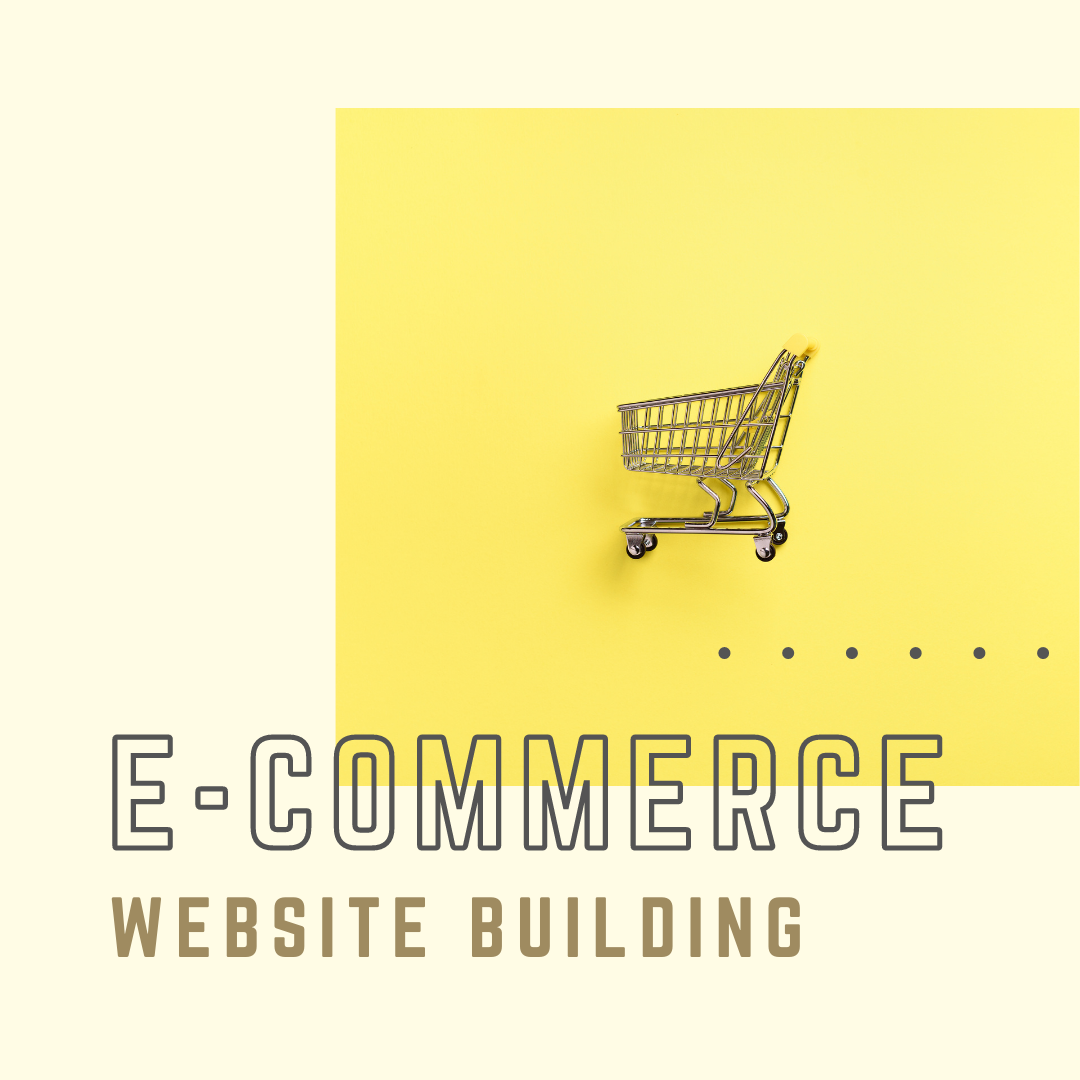
The fusion of Augmented Reality (AR) and Virtual Reality (VR) with web design is reshaping the way users engage with online content. In this article, we'll explore the innovative applications of AR and VR technologies, transforming web design into immersive and interactive experiences.
WebAR: Augmented Reality Experiences Without Apps: WebAR brings AR experiences directly to web browsers without the need for specialized apps. Users can access augmented content seamlessly, enhancing engagement and interaction on websites.
VR in E-Commerce: Virtual Shopping and Product Visualization: Virtual Reality is revolutionizing the e-commerce landscape by offering virtual shopping experiences. Users can visualize products in a virtual space, providing a more immersive and informed shopping journey.
AR in Education: Transformative Learning Experiences: Augmented Reality is making waves in education, creating interactive and engaging learning experiences. From anatomy lessons to historical tours, AR is redefining how students interact with educational content.
WebXR: Extending Reality Through Web Browsers: WebXR enables Extended Reality (XR) experiences directly in web browsers. This innovation opens the door to a wide range of possibilities, from virtual exhibitions to collaborative virtual environments accessible through a simple web link.
The Future of Social Interaction with AR and VR on the Web: AR and VR are influencing social interactions on the web. From virtual meetups to shared AR experiences, these technologies are fostering new ways for people to connect and collaborate online.








